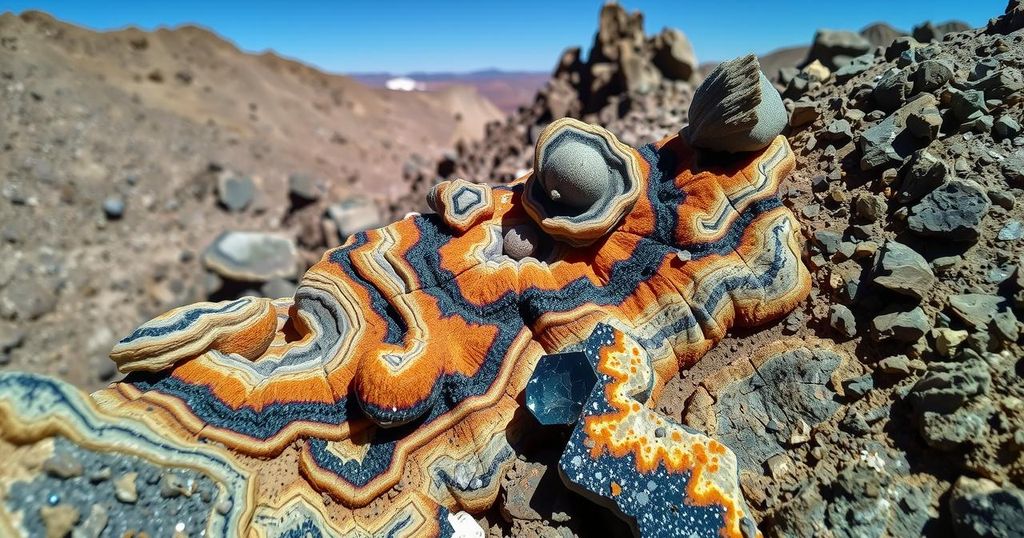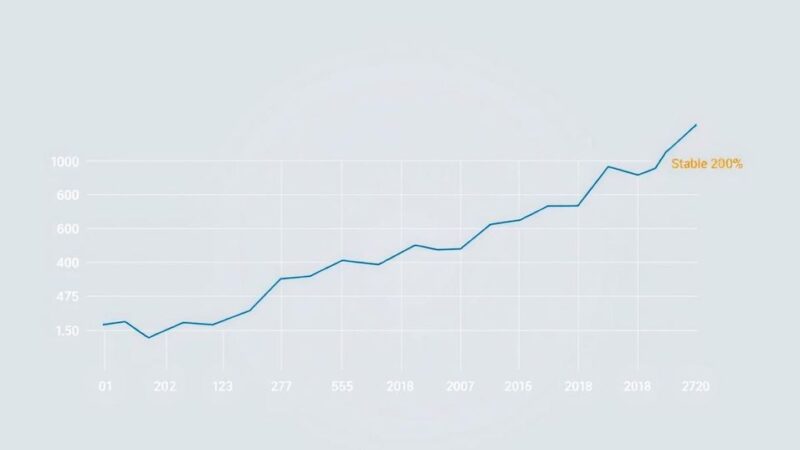Astra Exploration Inc. announces high-grade gold and silver intersections from its La Manchuria Project in Argentina, revealing strong results including 199.3 g/t gold and 228 g/t silver in drill hole LM-107A. The initial Phase I drilling program comprises 11 holes totaling 2,468 meters and confirms a larger vein system with plans for further exploration underway.
Astra Exploration Inc. has reported promising new drilling results from its La Manchuria Project in Argentina, revealing high-grade gold and silver veins. In particular, hole LM-107A yielded striking figures: 199.3 grams per tonne (g/t) gold and 228 g/t silver over a 0.6-meter section. Overall, the recently completed Phase I drilling program consisted of 11 diamond drill holes totaling 2,468 meters, targeting various zones of mineralization in the Dissado Massif region.
The announcement captures some significant highlights. For instance, LM-107A stands out with an impressive length of 1.6 meters grading 75.09 g/t gold and 86.79 g/t silver. Meanwhile, drill hole LM-112 showed 4.0 meters of 7.57 g/t gold, and LM-113 recorded 1.3 meters of 17.3 g/t gold along with 61 g/t silver. These intersections suggest a promising mineralization potential for the La Manchuria site.
Brian Miller, CEO of Astra Exploration, pointed out that this initial drilling has suggested a larger vein system than expected. “It has many intervals of high gold and silver grades… The drill program confirmed the Company’s geologic model, and that mineralization extends to depth,” Miller stated in his comments, emphasizing plans for further exploration.
The drilling program successfully tested previously defined target zones, particularly to the southeast and northwest of the Main Zone and in the Eastern Zone. Besides LM-107A, which marked promising gold and silver findings, holes like LM-111 and others did not show significant results, indicating the complexity of structures in that area will require additional testing.
Drilling to the southeast of the Main Zone mentioned that previous efforts primarily intercepted non-mineralized cover rocks, emphasizing the need for deeper drilling to access these valuable vein systems. Notably, drill hole LMD-107A hit significant grades approximately 75 meters southeast of earlier intersections. This supports the Astra geologic model which correctly anticipated mineralization below post-mineral cover.
Meanwhile, LMD-113, targeting the northwest sector, hit several mineralized structures, potentially indicating new veins westward from the Main Zone. With substantial intervals confirming high mineralization, expectations for continued development remain high.
For the Eastern Zone, drilling results were less spectacular but encouraging. Drill hole LMD-112 intersected new minerals, yielding a decent 7.6 g/t gold and 0.5 g/t silver over 4.0 meters. Astra has only tested this zone with five holes, but it shows promise requiring further drilling to define mineralization limits.
Looking ahead, Astra Exploration is gearing up for a Phase II drill program, buoyed by its $2 million treasury that supports ongoing exploration efforts at La Manchuria. The comprehensive sampling procedures and quality control measures have provided a sound basis for these findings, reaffirming Astra’s commitment to establishing a strong foothold in southern Argentina’s precious metals market.
For more detailed information on Astra Exploration’s activities, including updates on assay results and plans for future drilling, interested parties can contact Brian Miller, CEO, at 604.428.0939.
In summary, Astra Exploration’s recent drilling at its La Manchuria Project has unveiled significant gold and silver grades, indicating a potential expansion of high-grade mineralization. With successful results from the Phase I drill program, the company’s plans for a follow-up Phase II project appear promising. As Astra continues to explore these lucrative veins in Argentina, further updates will be anticipated by investors and stakeholders.
Original Source: www.juniorminingnetwork.com






